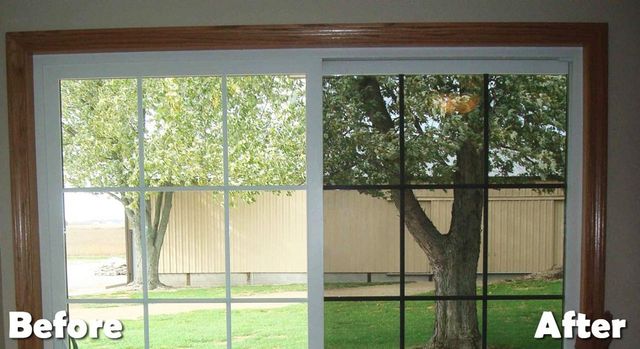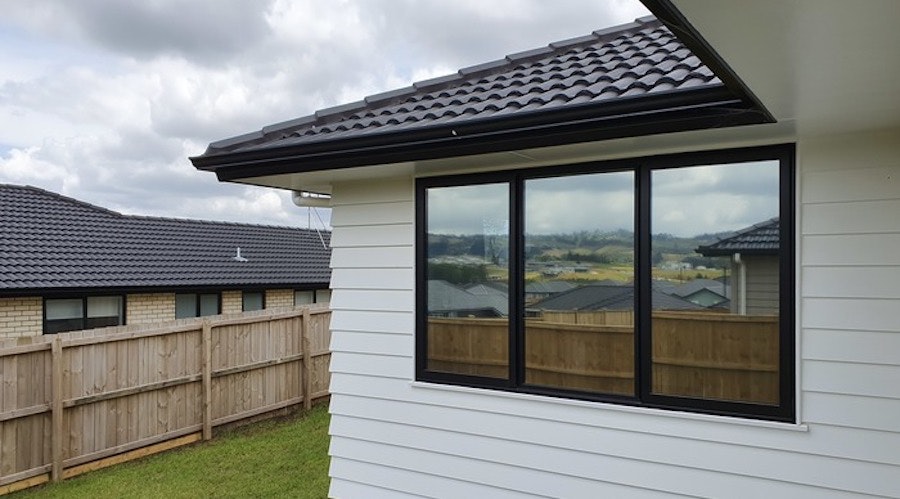Residential Window Tint: An Overview to Choosing the Right Shade
Residential Window Tint: An Overview to Choosing the Right Shade
Blog Article
Exactly How Residential Window Tinting Boosts Your Home's Power Efficiency
Residential home window tinting offers an engaging service for house owners looking for to enhance energy effectiveness within their living areas. By using specialized films to home windows, it successfully lowers warm transfer, therefore maintaining indoor temperatures and lessening the requirement for excessive home heating or air conditioning.
Recognizing Home Window Tinting
Recognizing home window tinting is crucial for home owners seeking to enhance both convenience and power efficiency in their space. Residential Window Tint. Home window tinting includes the application of a thin film to the inside or outside surface of glass home windows. This movie can dramatically modulate the quantity of sunlight and heat that enters a home, therefore influencing indoor climate problems
There are numerous kinds of window tinting films available, each with distinct residential properties. For circumstances, dyed movies soak up solar power, while reflective movies disperse it far from the glass surface. Ceramic films provide a balance of exposure and warm rejection, making them a popular selection among homeowners. The effectiveness of home window tinting is usually determined by its Visible Light Transmission (VLT) portion, which indicates just how much light can travel through the film.
Benefits of Power Performance
Window tinting not just enhances visual appeals but also plays a substantial role in boosting energy effectiveness within domestic rooms. By minimizing heat transfer with home windows, tinted films develop a more steady interior climate, which can lead to significant decreases in power consumption for cooling and heating. This energy performance translates into reduced utility bills, supplying homeowners with considerable lasting savings.

Furthermore, window tinting boosts the convenience of living rooms. By minimizing glow and obstructing unsafe UV rays, tinted home windows develop a more pleasurable atmosphere, which can result in boosted health for residents. The protection versus UV rays additionally assists preserve furnishings and flooring from fading, adding to the durability of household things.
Exactly How Tinting Works
Tinting films run with a mix of sophisticated products and modern technologies developed to regulate the amount of solar power going into a home. Primarily made up of polyester, these films commonly incorporate ceramic or metallic fragments that reflect and take in warmth. This twin capacity enables them to dramatically lower the penetration of ultraviolet (UV) rays and infrared radiation while permitting visible light to go through.
The effectiveness of window tinting is determined by its solar heat gain coefficient (SHGC), which indicates just how much solar power is transmitted with the home window. Reduced SHGC values are more effective as they represent greater warm denial. Additionally, window colors can feature a selection of shades, allowing house owners to tailor their aesthetic choices while boosting energy efficiency.
Moreover, these movies act as an obstacle, preventing heat loss during chillier months by showing indoor warmth back try these out into the living room. This thermal insulation result enhances the air conditioning benefits gotten throughout warmer months, adding to a well balanced interior climate year-round. By handling solar power effectively, domestic window tinting not only improves comfort yet also plays a vital role in decreasing energy consumption and decreasing energy expenses.
Selecting the Right Tint

There are various types of home window movies readily available, consisting of dyed, metalized, and ceramic. Ceramic films offer exceptional warmth control without compromising visibility and are extremely long lasting, making them a preferred selection.
Noticeable light transmission (VLT) is another essential element, as it suggests the quantity of all-natural light that can pass via the colored glass. Homeowners ought to choose a tint with a VLT that Read Full Article matches their illumination you could try here preferences while still giving appropriate glare reduction.
Furthermore, evaluating the solar warm gain coefficient (SHGC) can assist identify how well a tint can obstruct heat from sunshine. A reduced SHGC shows far better warmth control, inevitably improving energy effectiveness.
Installment and Upkeep Tips
Appropriate installation and upkeep are crucial components in taking full advantage of the benefits of household home window tinting. To achieve optimum results, it is recommended to hire a qualified specialist for setup. This makes certain that the color is applied appropriately, preventing air bubbles, wrinkles, or imbalance that could endanger performance. Specialists likewise use specialized devices and techniques, which can boost the toughness and effectiveness of the color.
Following installation, maintenance is vital to lengthen the life of the home window movie. It is recommended to wait at least 30 days before cleaning up the tinted windows to enable the sticky to heal totally.
In addition, regular evaluations are useful. Inspect for any type of peeling or bubbling, which might show inappropriate installment or put on with time - Residential Window Tint. Addressing these issues promptly can prevent further damage and maintain power performance. By sticking to these setup and upkeep pointers, home owners can ensure their window tinting remains to provide significant power savings and convenience for several years ahead.
Conclusion
To conclude, household home window tinting works as a reliable option for improving power effectiveness within homes. By decreasing warmth transfer and obstructing hazardous UV rays, home window movies add to decrease energy intake and enhanced indoor convenience. The selection of ideal tinting materials, in addition to appropriate installation and upkeep, further takes full advantage of these benefits. Eventually, window tinting stands for a sustainable investment that not just reduces energy costs yet also advertises a comfortable living atmosphere throughout the year.
Window tinting includes the application of a slim film to the interior or outside surface area of glass home windows. By decreasing warm transfer with windows, tinted films develop an extra stable indoor environment, which can lead to substantial reductions in energy usage for home heating and air conditioning.The performance of window tinting is measured by its solar warm gain coefficient (SHGC), which suggests just how much solar power is sent through the window. By handling solar energy successfully, household home window tinting not only enhances comfort but also plays an important function in minimizing power intake and decreasing energy costs.
By lowering warmth transfer and obstructing hazardous UV rays, window films contribute to lower energy consumption and boosted interior convenience.
Report this page